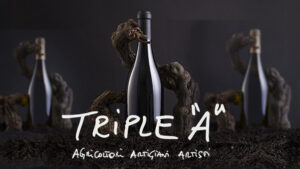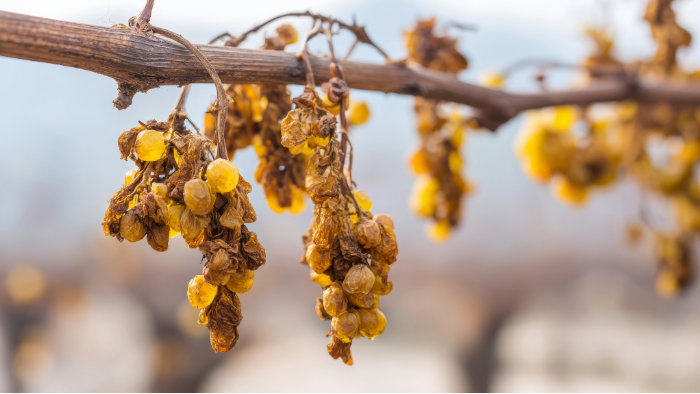
Sweet white wines, charming and beloved, are not all made in the same way, despite having similarities. Their richness in sugar, their acidity and their complexity comes from the production method used, their grape varieties and where they come from.
In general, sweet or dessert wines are rich in sugar because alcoholic fermentation was stopped, meaning that the yeast is prevented from converting all sugar, leaving residual sugar. To start with, the grapes need to be very ripe which can only happen if you leave the bunches on the vines for longer, rendering them overripe, allow noble rot (botrytis cinerea) to affect the grapes, or use a method such as passerillage – known as ‘on-vine drying’ in English.
On-vine drying
On-vine drying (passerillage in French) is the process of naturally drying grapes over time, allowing the water content in the pulp to evaporate. It can take place on the vine, meaning that the grapes are harvested late after being dried by the sun and the wind. In Australia, winemakers sometimes use a method known as cane cut in which they cut the bunch-laden canes, stopping the vine from giving the grapes any more water. The bunches are left hanging in the vineyard in throughout autumn, only being harvested when dried.
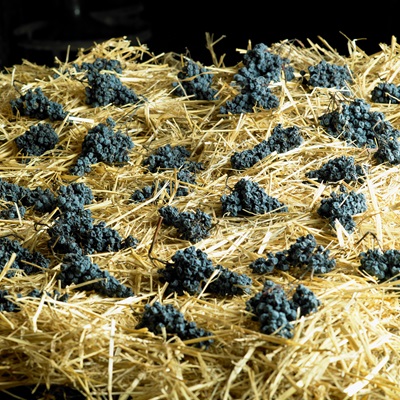
The bunches can also be placed on racks, stackable shallow crates or on straw to dry out. Both these methods concentrate the sugar in the juice as the water content evaporates, creating a sweet or dessert wine after alcoholic fermentation.
In Jura, one of the regions using this method to make wine, vin de paille – straw wine in English – is a regional delicacy. The harvested bunches of Savagnin, Chardonnay and Poulsard grapes are placed on straw (hence the name) to dry out for six weeks. The best grapes are then selected and placed in the press to harvest the thick, syrupy, concentrated juice. (About 100kg of raisins are needed to produce 20L of must.) The same method is used in Hermitage and Alsace. In Italy, the process of drying harvested grapes is called passito. Generally laid out in shallow crates that can be stacked in well-ventilated rooms, this method is used in Valpolicella to make Amarone della Valpolicella and Recioto della Valpolicella.
Botrytis
Botrytis is a naturally occurring fungus which essentially attacks the grapes’ skins. This causes the water content in the pulp to evaporate, concentrating the sugars, until the grapes are shrivelled forms of their former selves. Morning mists and dry sunny autumnal afternoons are needed for botrytis to work its magic. The grapes are picked, one by one, when ready with those harvesting them passing through the vineyard several times to collect as many suitable grapes as possible. Then vinification takes place, following the production steps of white wine.
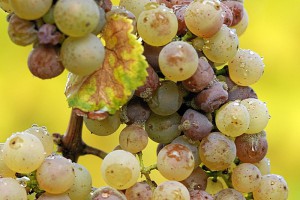
The aide of this fungus is used in several wine growing regions around the world. Bordeaux’ Sauternes producers encourage it to dry out their Sauvignon Blanc, Sémillon and Muscadelle grapes. It is also used in Tokaj for the Fürmint, Zeta and Harslevelu grapes, in Alsace where the wines produced are called Sélection de Grains Nobles, in the Loire’s Coteaux du Layon appellation and in Germany to produce its Beerenauslese and Trockenbeerenauslese.
What are the differences?
As a rule, on-vine drying leaves a bit more acidity in the wines as the must isn’t as syrupy as those from botrytis grapes. The art of crafting fine wine from noble rot grapes is all in balancing the sweetness and freshness, which the greatest producers do to perfection.
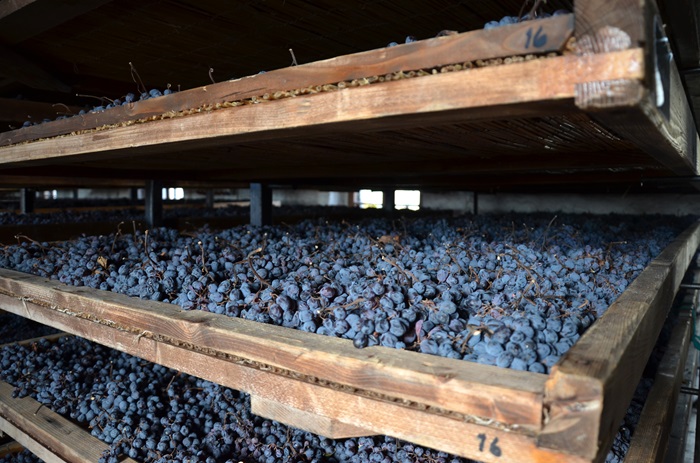
Wines that have been made entirely from grapes affected by botrytis have an amazing ageing potential, which is far greater than wines produced from overripe or dried grapes. In fact, the fungus imparts properties that make the wines extremely resistant to oxygen. If you don’t believe us, leave a bottle of Sélection de Grains Nobles open in the fridge without recorking it and it can last several weeks without oxidising!
Also on the iDealwine blog:
Sweet wine, dessert wine, vendanges tardives…what’s the difference?


